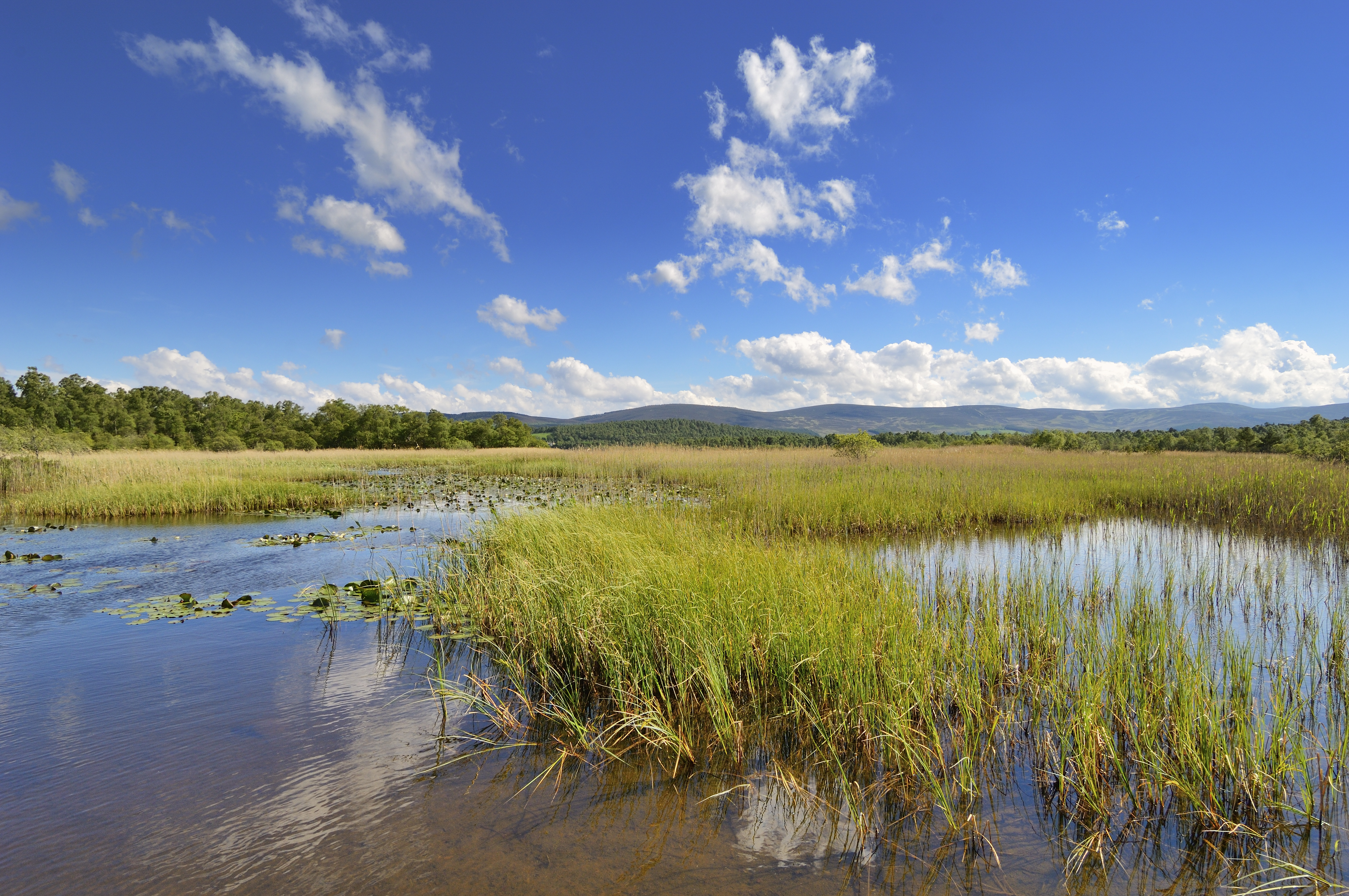
Visit a Scottish wetland on World Wetlands Day
Scottish Natural Heritage is encouraging people to celebrate World Wetlands Day on Sunday, February 2, with a visit to one of Scotland’s wonderful wetland sites.
From the far north, through the central belt, to the Solway coast, Scotland is home to an internationally important range of these special places, including bogs, marshes, swamps, fens, springs and flushes, and wet heaths.
During the Year of Coasts and Waters 2020, SNH is highlighting the undiscovered beauty of our wetland habitats, as well as how crucial they are for the many services they provide.
In addition to being home to a great many birds, mammals, amphibians, insects and plants, our wetlands help to manage water levels and prevent floods, store large amounts of water which can keep rivers flowing during dry periods – all while filtering out pollutants.
Also important is their capacity to capture and store carbon, making wetlands a vital carbon sink and a nature-based solution to some of the effects of climate change.
SNH is working to protect and restore our vulnerable wetlands, making them more resilient to climate change and other threats, through projects such as PeatlandACTION and the Biodiversity Challenge Fund.
Deborah Spray, SNH wetland ecology adviser, said: ‘Wetlands may not seem the most glamorous of habitats, but they are real undiscovered gems, wonderful places that are home to a huge range of wildlife and are so important for our ecosystems and society, from providing clean water to storing carbon.
‘Above all our wetlands are fantastic places to explore, so why not visit your local site this World Wetlands Day to take in the natural beauty, spot wildlife and appreciate these special places and everything they do for us.’
Great examples of wetlands can be seen at National Nature Reserves (NNRs) across the country, including:
Insh Marshes- near Kingussie
Covering 10 square kilometres of the River Spey floodplain, this RSPB reserve is said to be one of the most important wetland areas in Europe, supporting populations of breeding waders including curlew, lapwing, redshank and snipe.
Muir of Dinnet- near Aboyne

Loch Kinord, Muir of Dinnet National Nature Reserve (Photo: Lorne Gill)
Lying within the Cairngorms National Park, Muir of Dinnet NNR is a mosaic of wetlands, woods and moors and a great place for wildlife.
Loch Leven- near Kinross
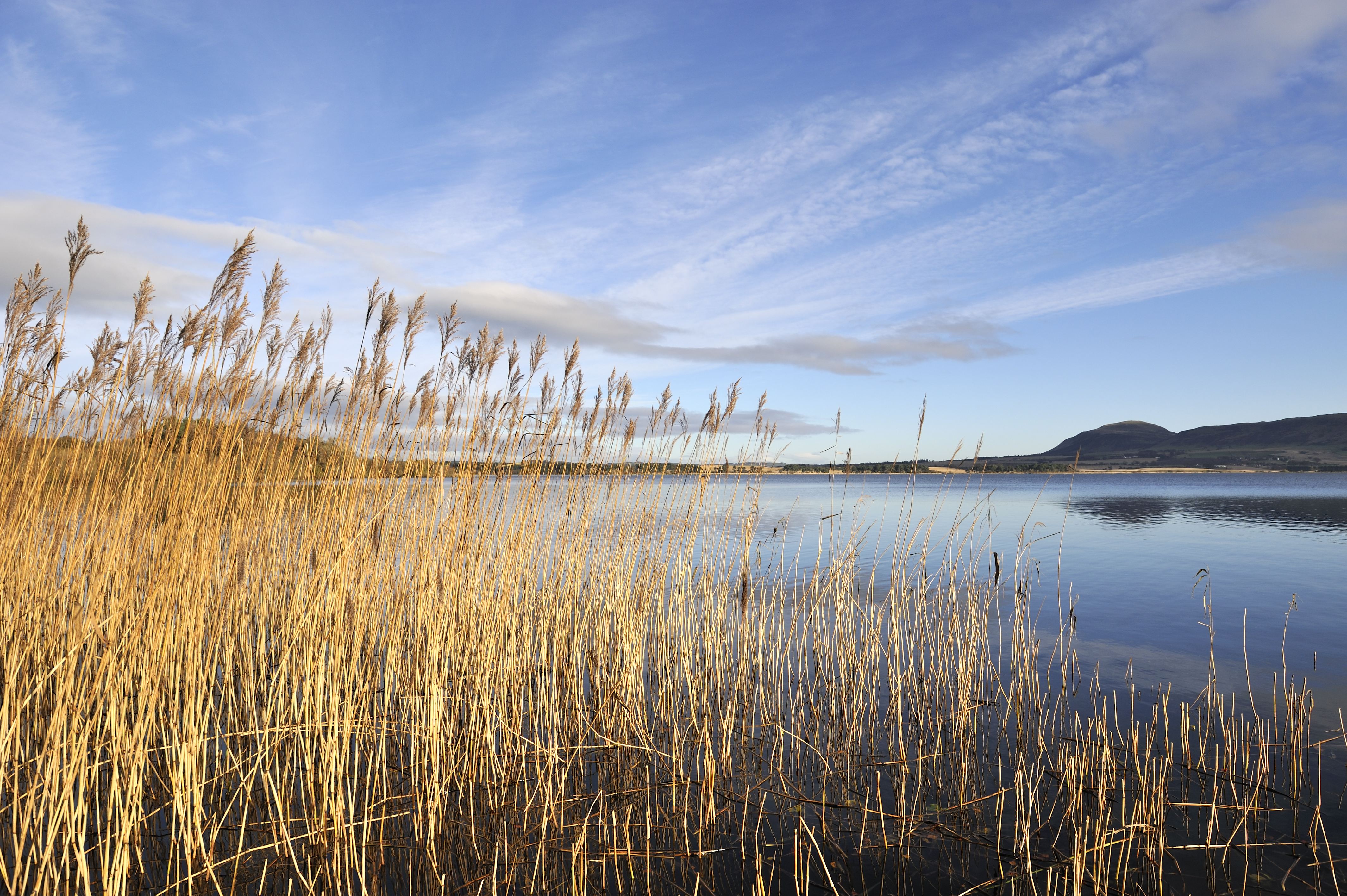
Reeds growing in the shallow waters of Loch Leven (Photo: Lorne Gill)
A huge expanse of open water, Loch Leven NNR provides an ideal home for countless birds. With more freshwater breeding ducks than anywhere else in inland Europe, and links to Mary Queen of Scots, it combines history and nature.
Flanders Moss- near Stirling
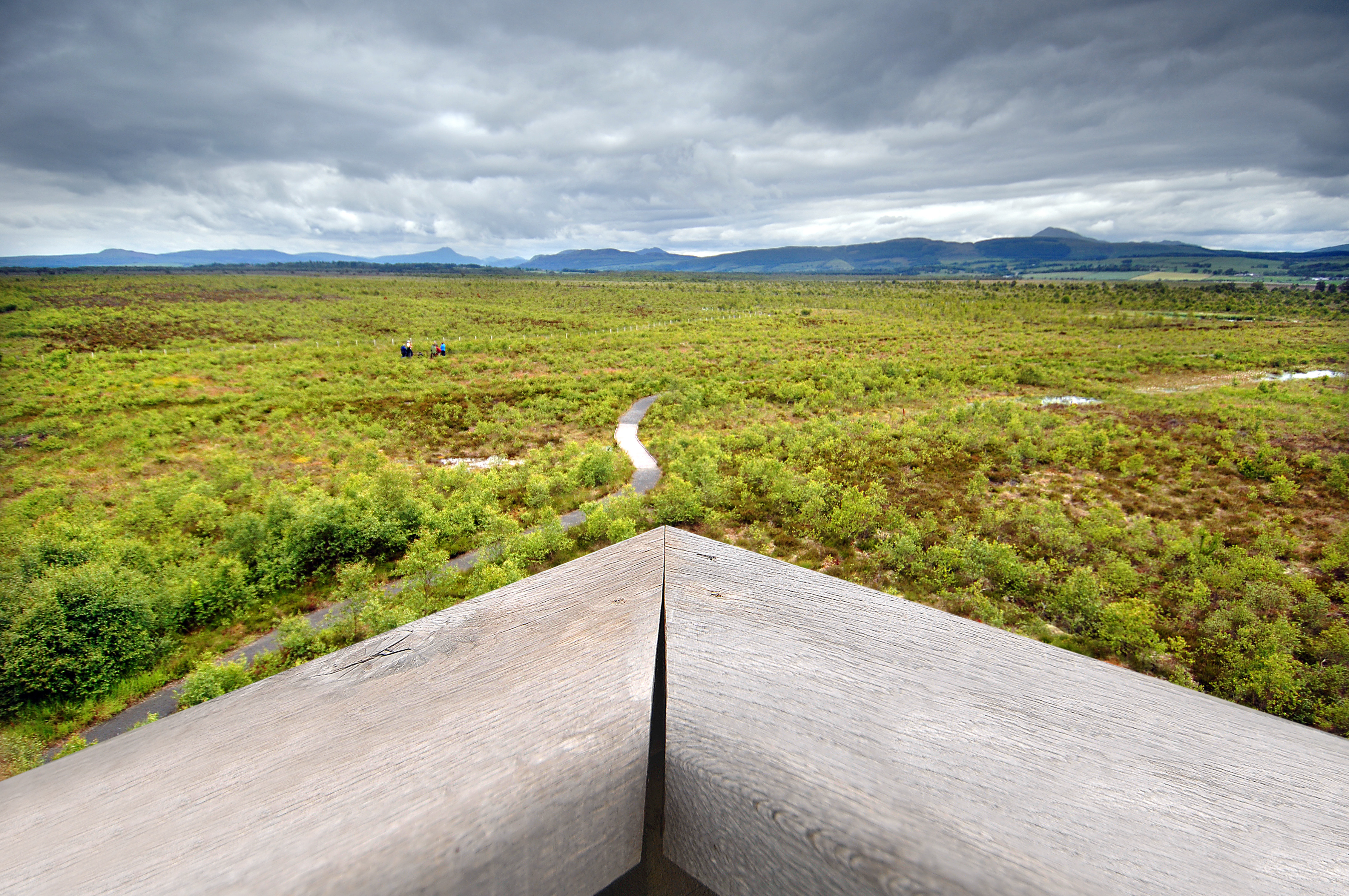
A view from the tower at Flanders Moss NNR. (Photo: Dougie Barnett/SNH)
Flanders Moss NNR is a vast expanse of all things damp and wonderful. As one of the largest remaining intact raised bogs in Britain, Flanders Moss is a wild and ancient landscape and worth a visit at any time of year.
Blawhorn Moss- near Blackridge, between Edinburgh & Glasgow
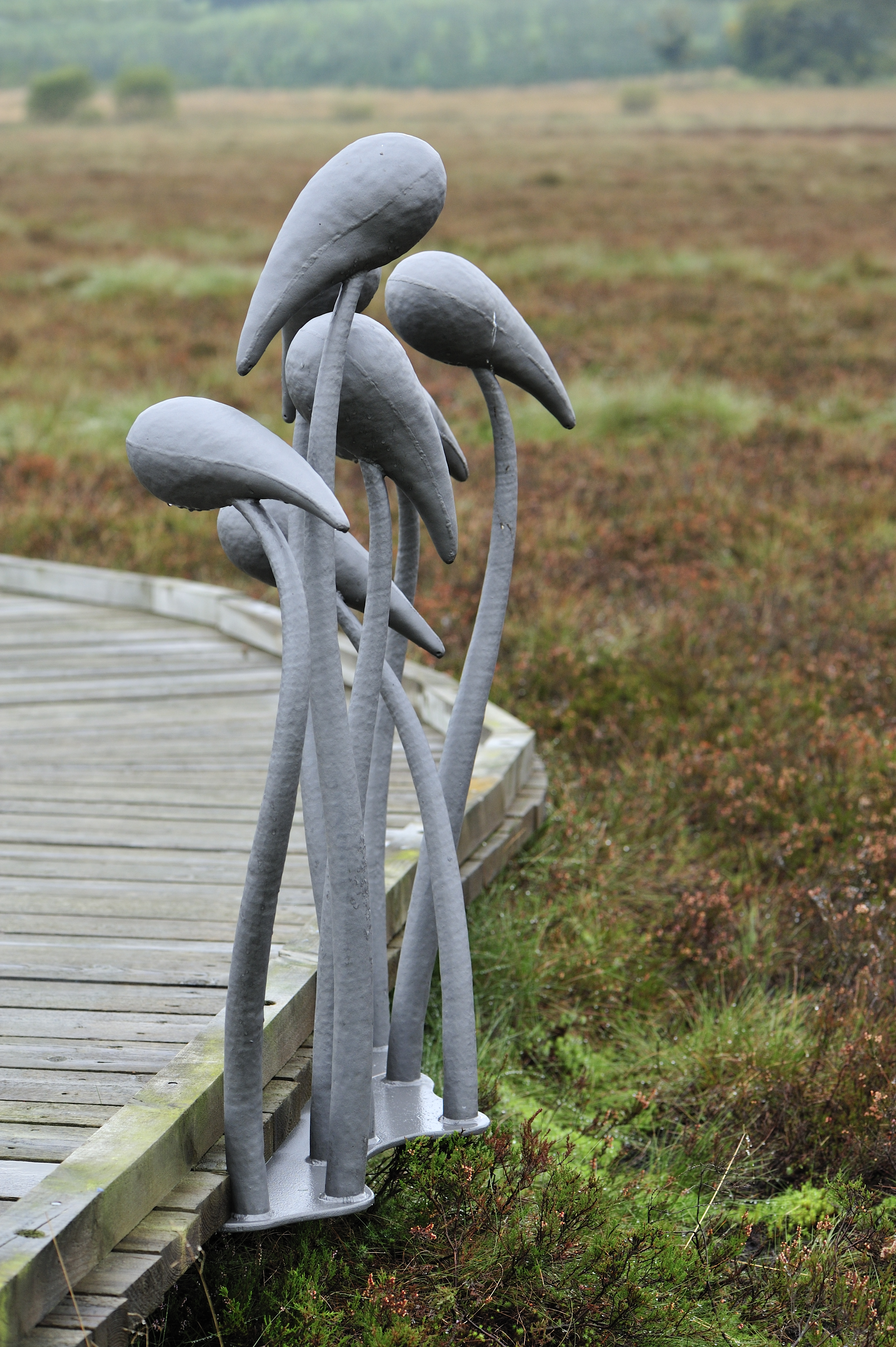
Environmental sculpture by the boardwalk at Blawhorn Moss (Photo: Lorne Gill)
An oasis of open windswept moors hidden in the lowlands, Blawhorn Moss NNR is a site full of secrets with more than 8,000 years of history locked into the peat layers of this raised bog.
Caerlaverock – near Dumfries
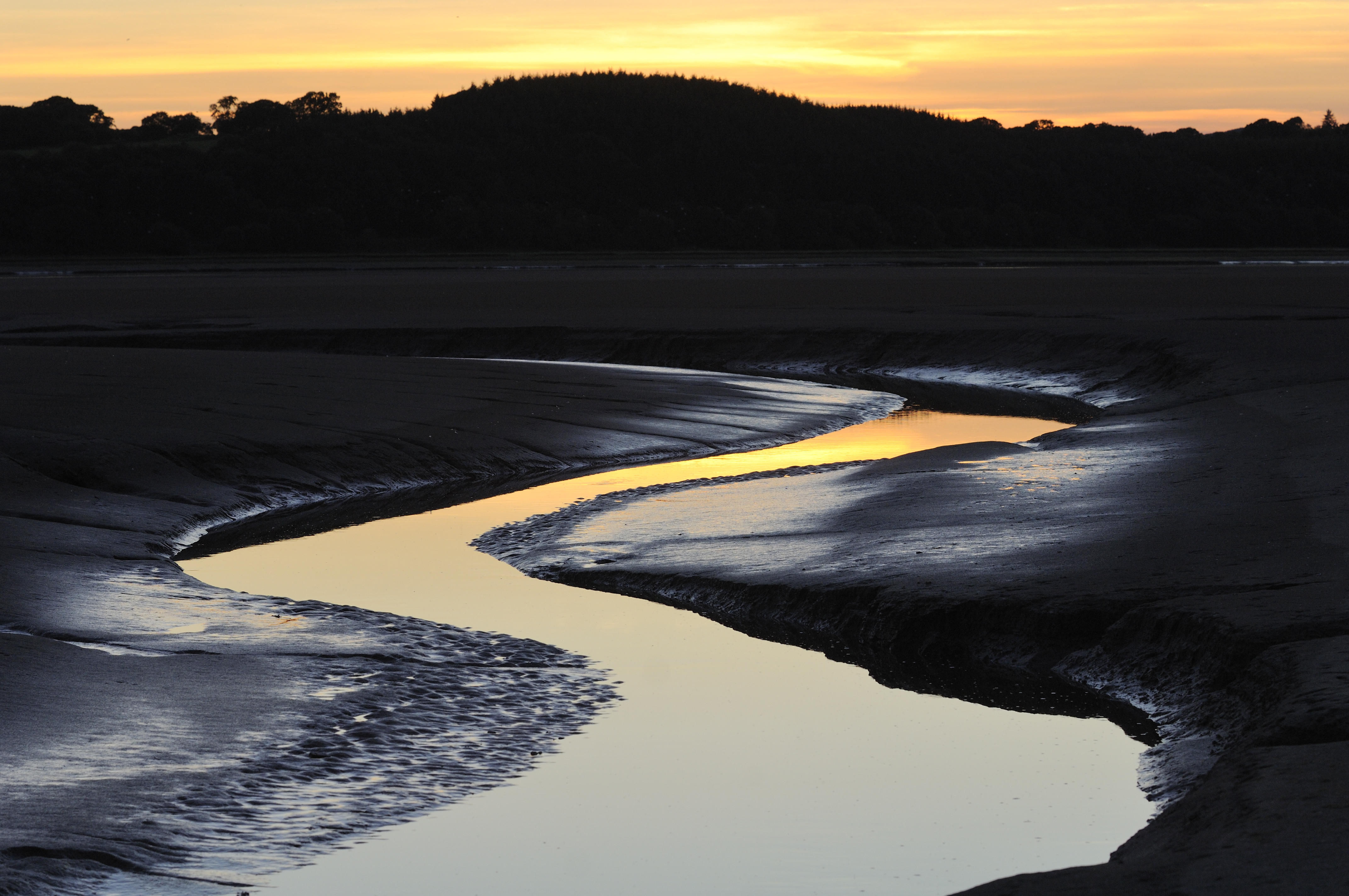
The sun setting over a saltmarsh creek in the Nith estuary, Caerlaverock (Photo: Lorne Gill)
Dramatic coastal scenery and a rich range of wildlife combine to make Caerlaverock NNR an outstanding wetland. Mudflats and saltmarsh – or merse – provide a winter feast for birds such as barnacle geese, bar-tailed godwit and knot.
Moine Mhor- near Kilmartin
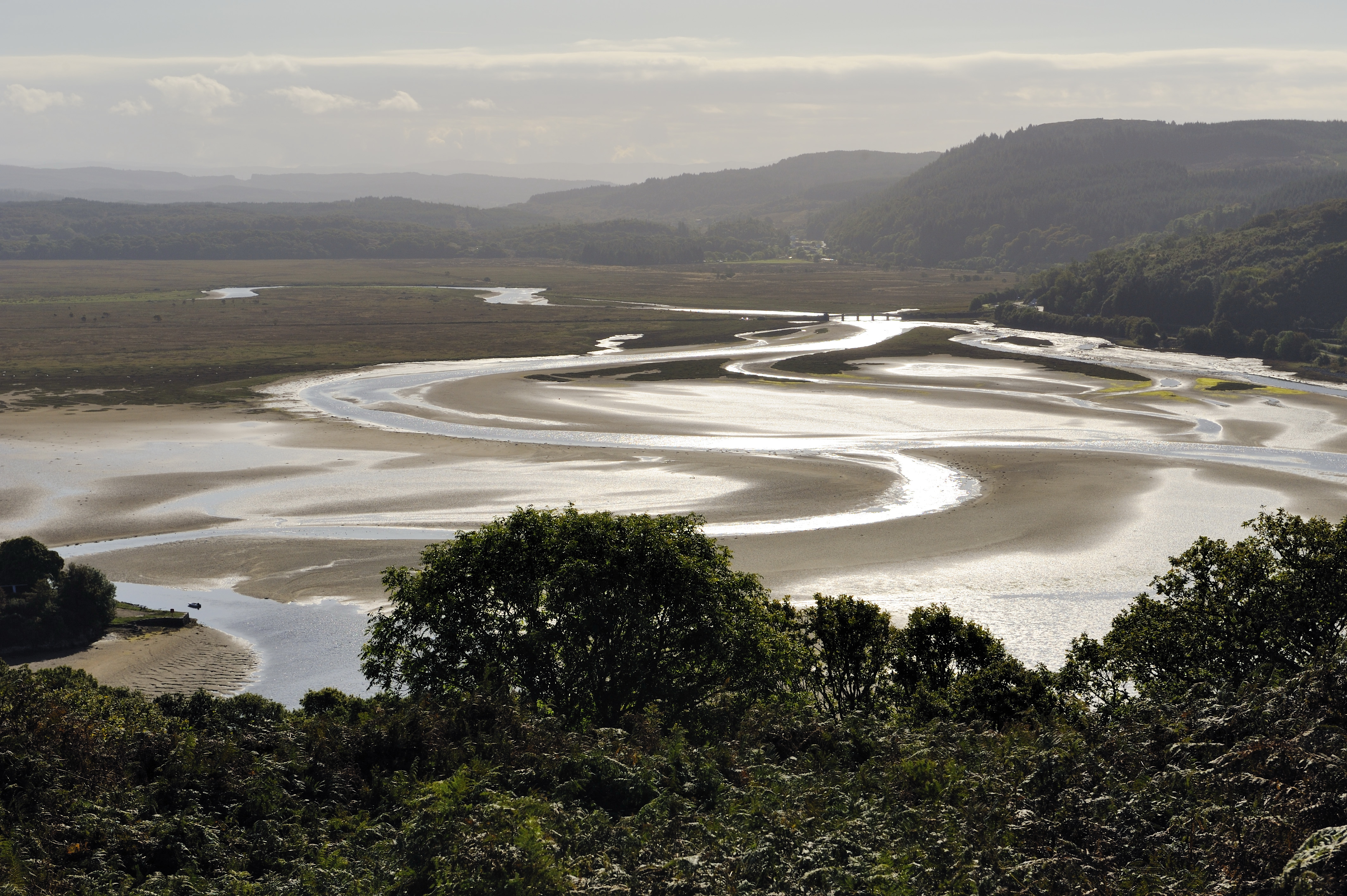
The River Add and Moine Mhor (Photo: Lorne Gill)
Moine Mhor NNR is a wild landscape of hummocks, hollows and pools, where glistening dragonflies dance and graceful hen harriers hunt. This ‘Great Moss’ forms the wild heartland of Kilmartin Glen.
The River Add and Moine Mhor NNR near Kilmartin
Forsinard Flows- near Thurso
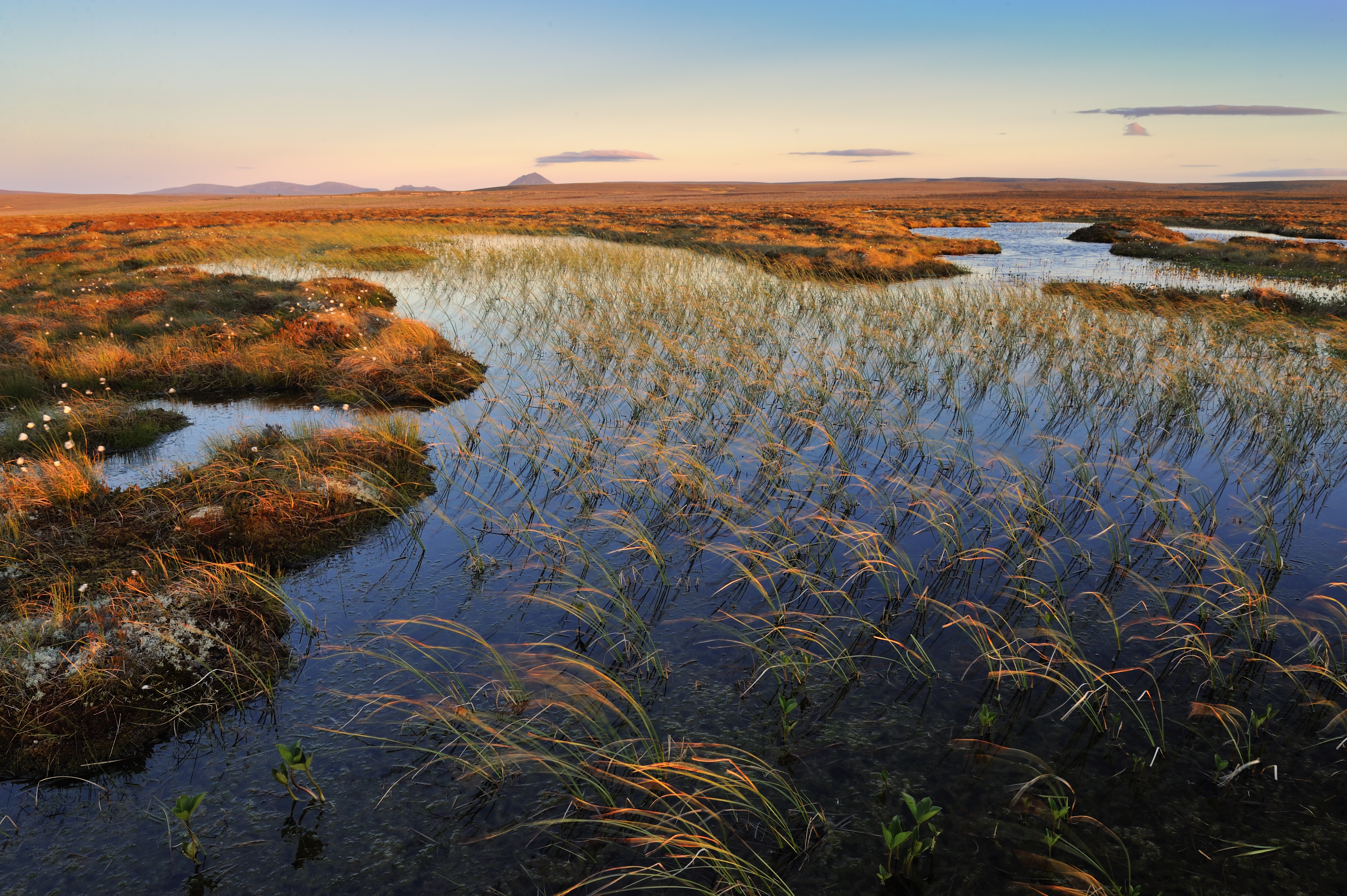
Dubh locahn and blanket bog at the Flows NNR, Forsinard (Photo: Lorna Gill/SNH)
Forsinard Flows is part of a vast expanse of blanket bog, sheltered straths and mountains known as the Flow Country. The Flow Country is one of Scotland’s most important natural treasures and the RSPB looks after more than 21,000 hectares of it.
Loch Fleet- near Golspie
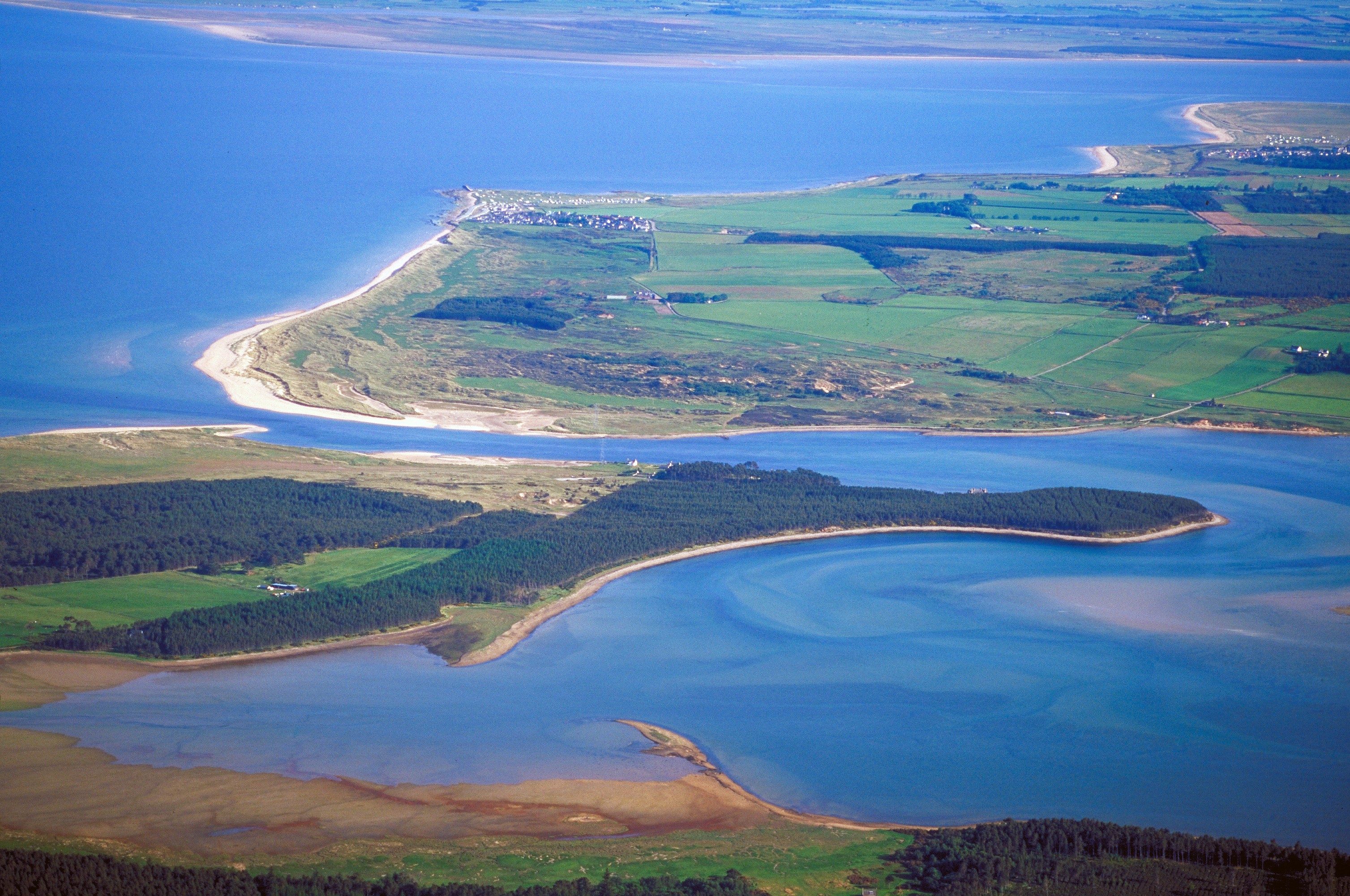
Loch Fleet (Photo: P&A Macdonald/SNH)
An extensive tidal basin fringed by a mosaic of coastal habitats and native Scots pine forest, Loch Fleet is an internationally important wildlife reserve on the north-east coast of Scotland.
TAGS

